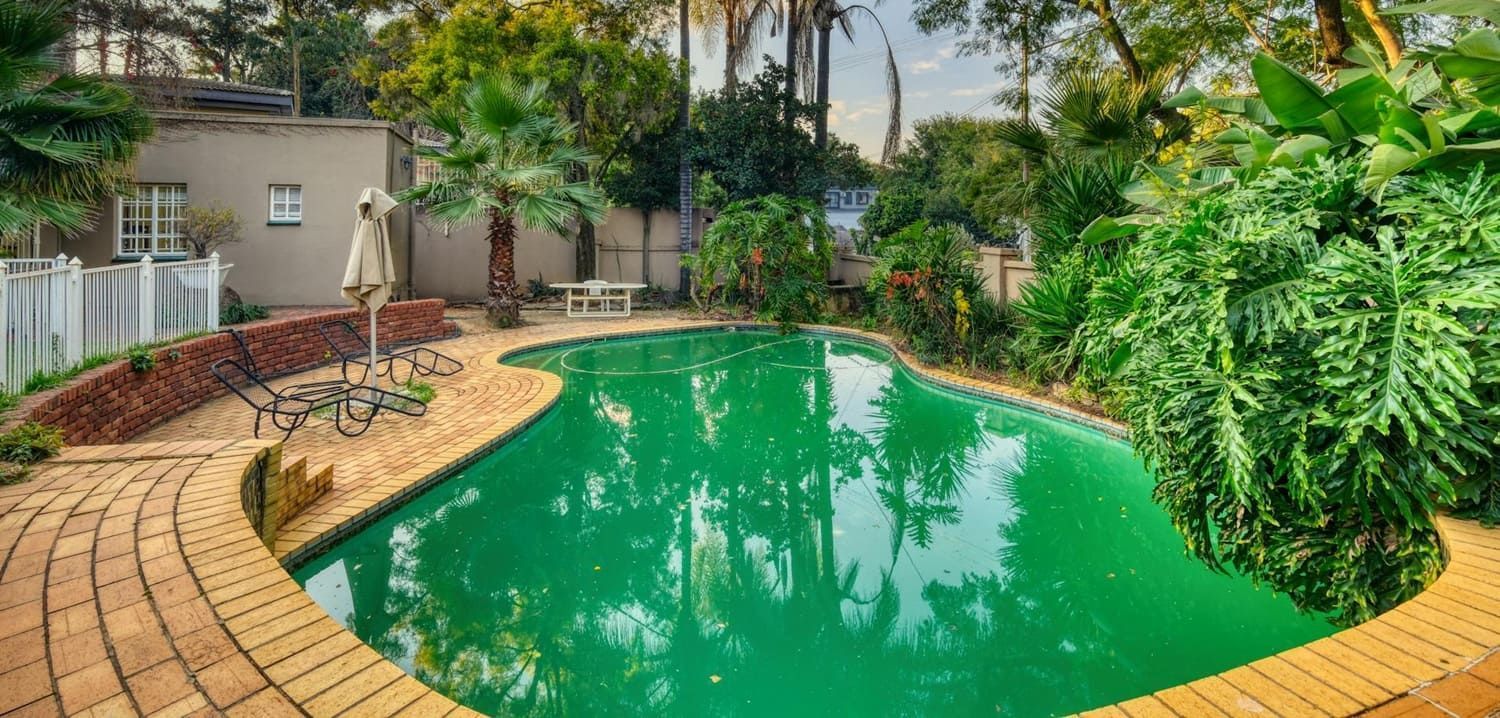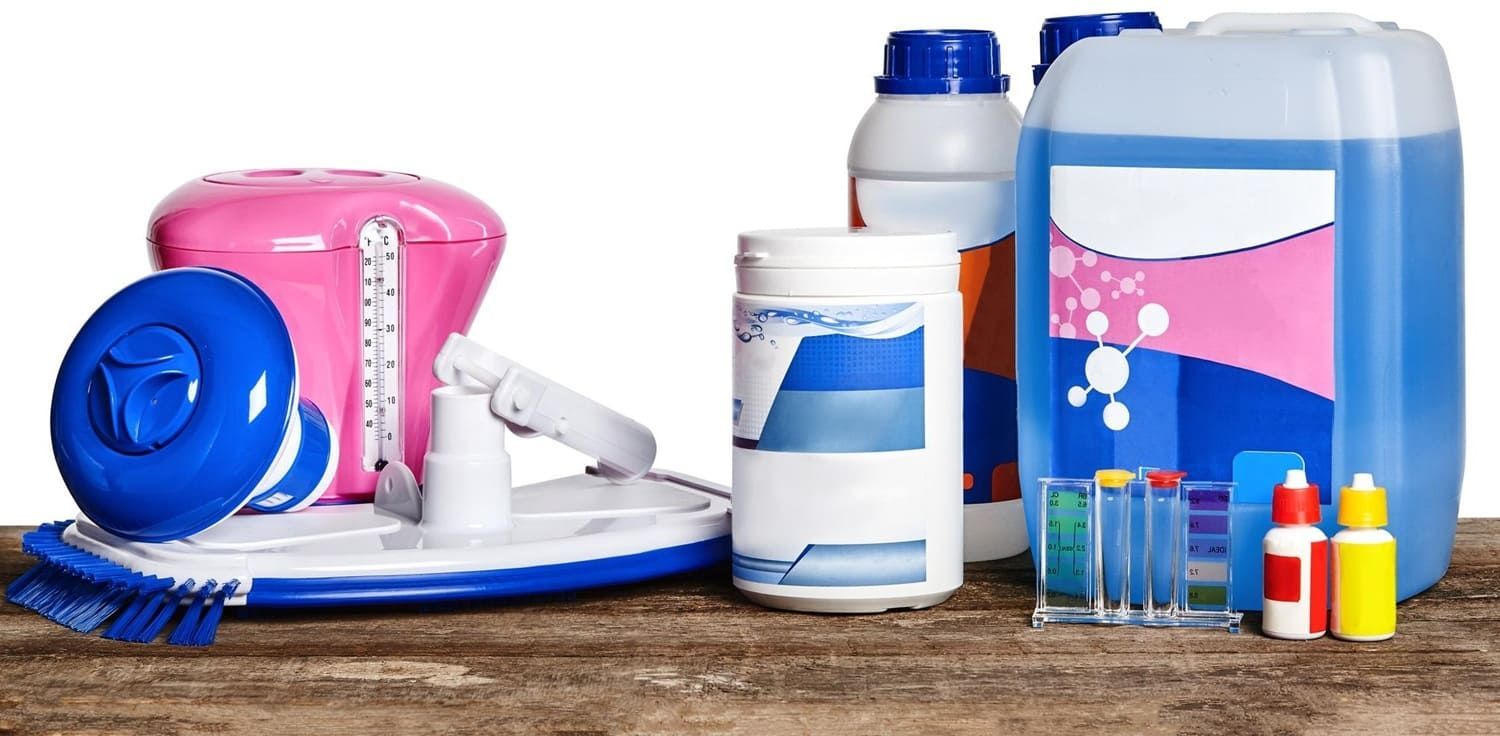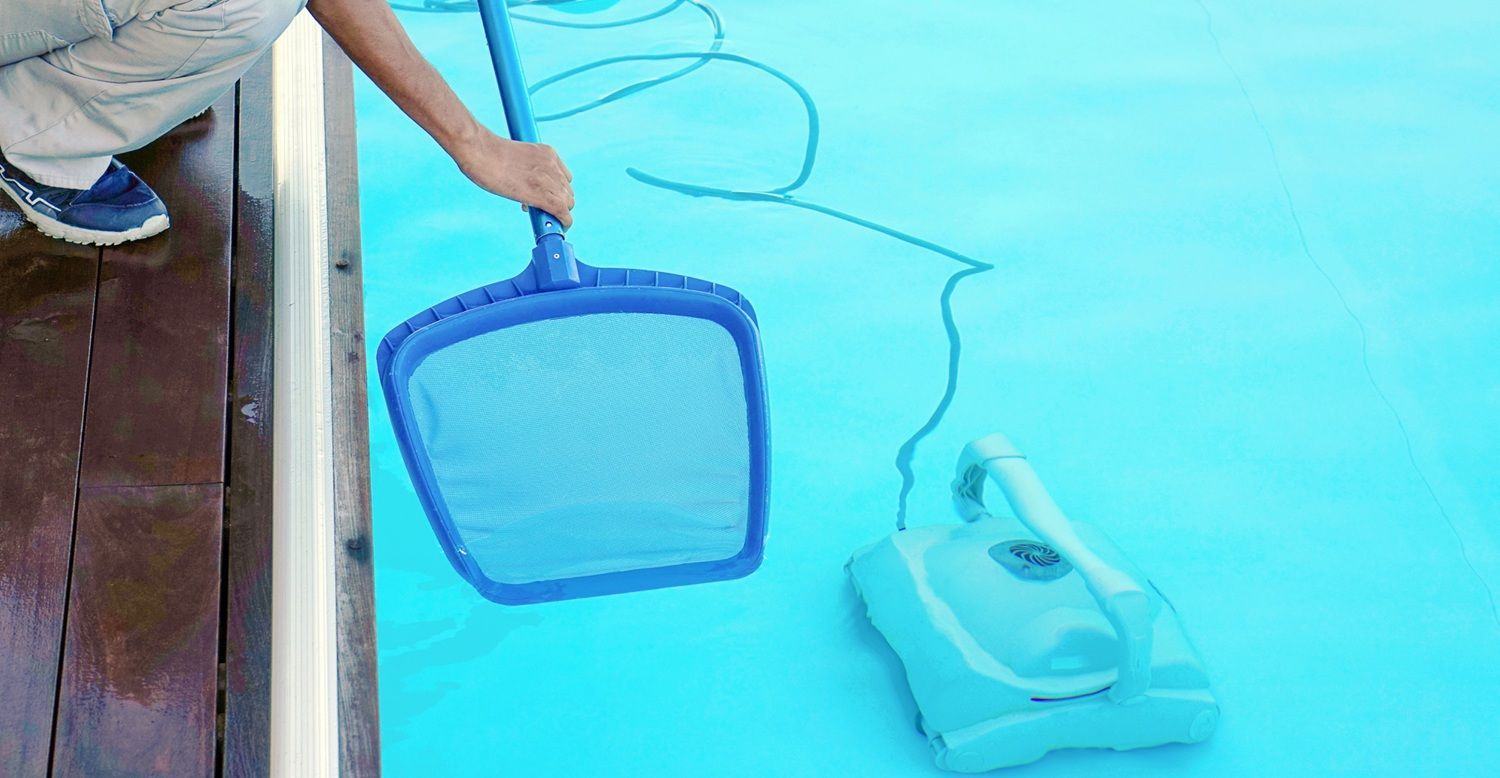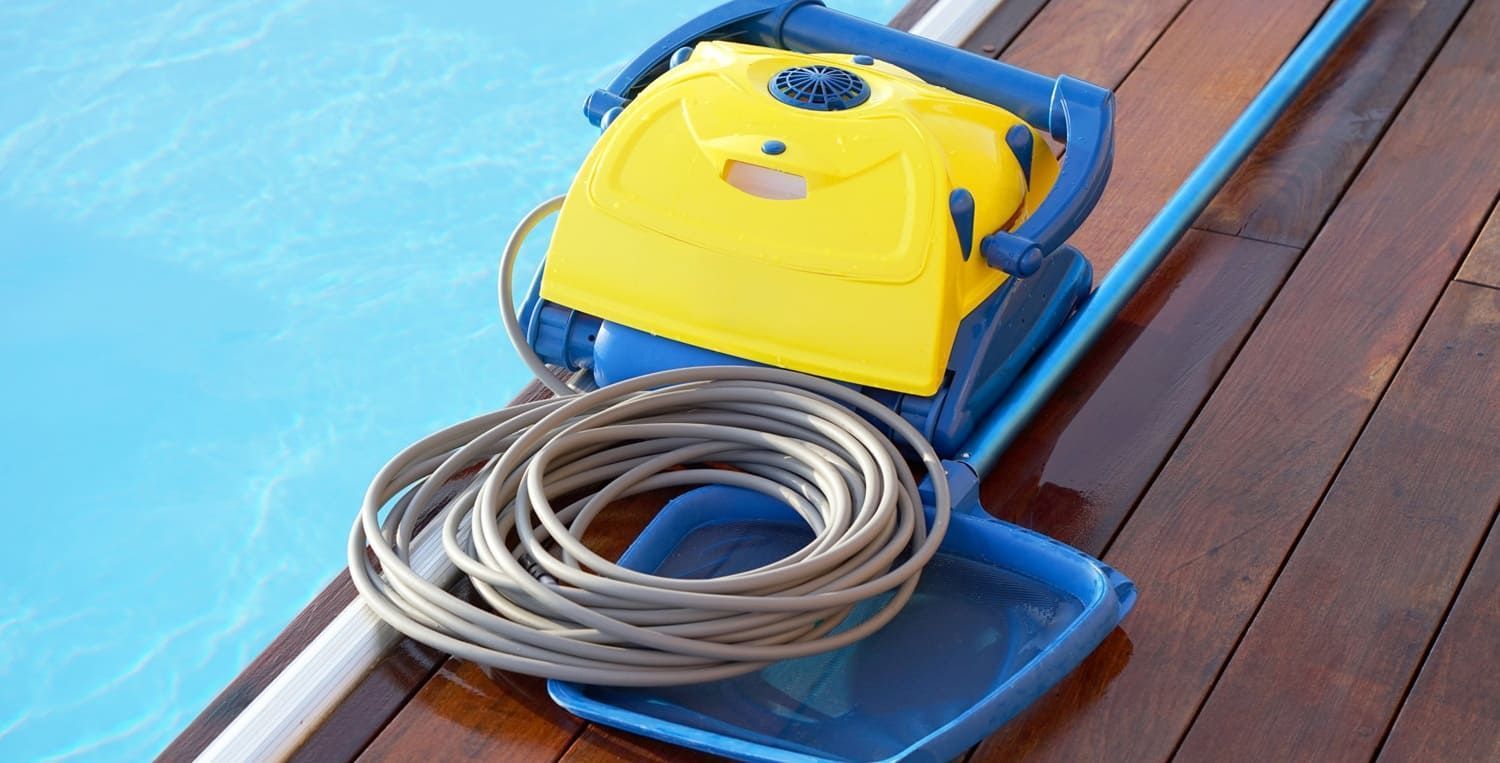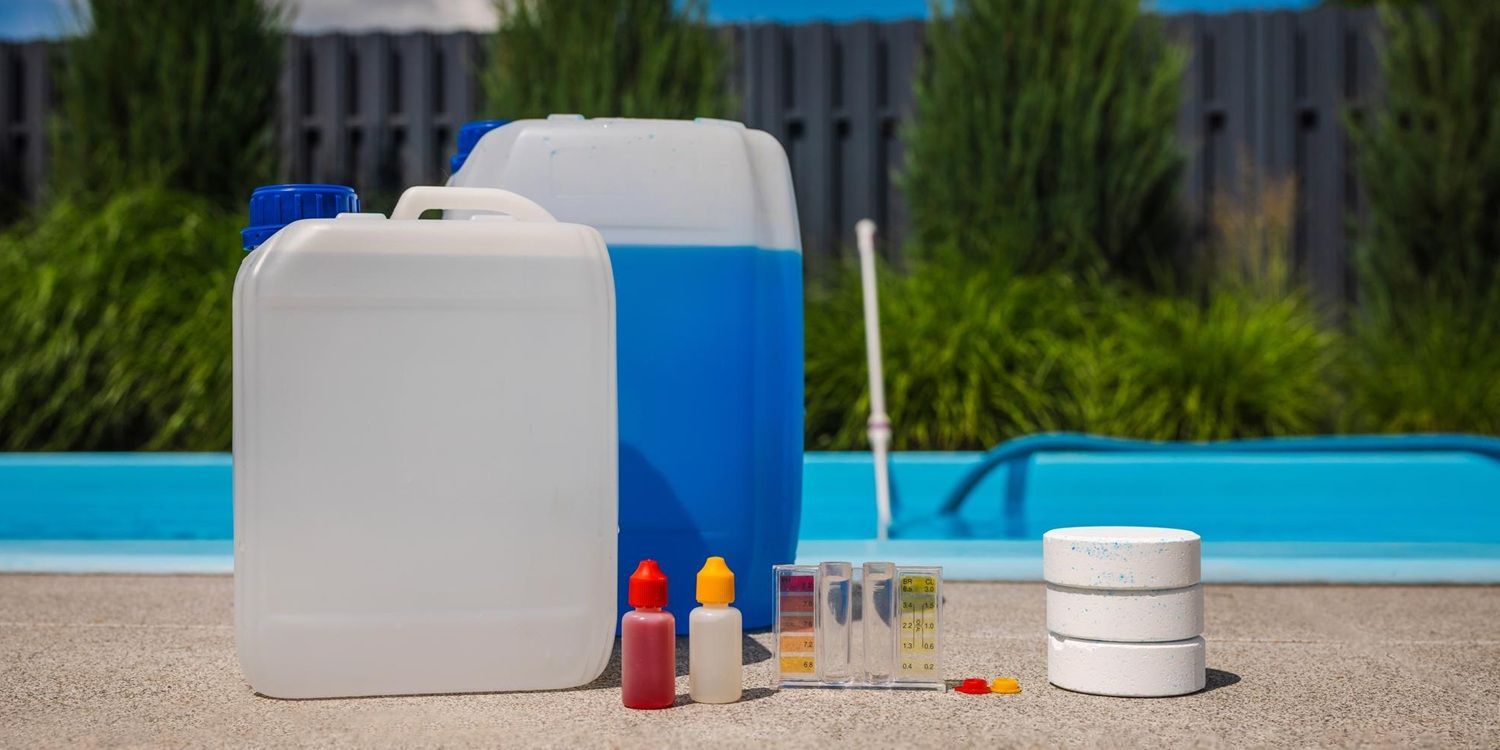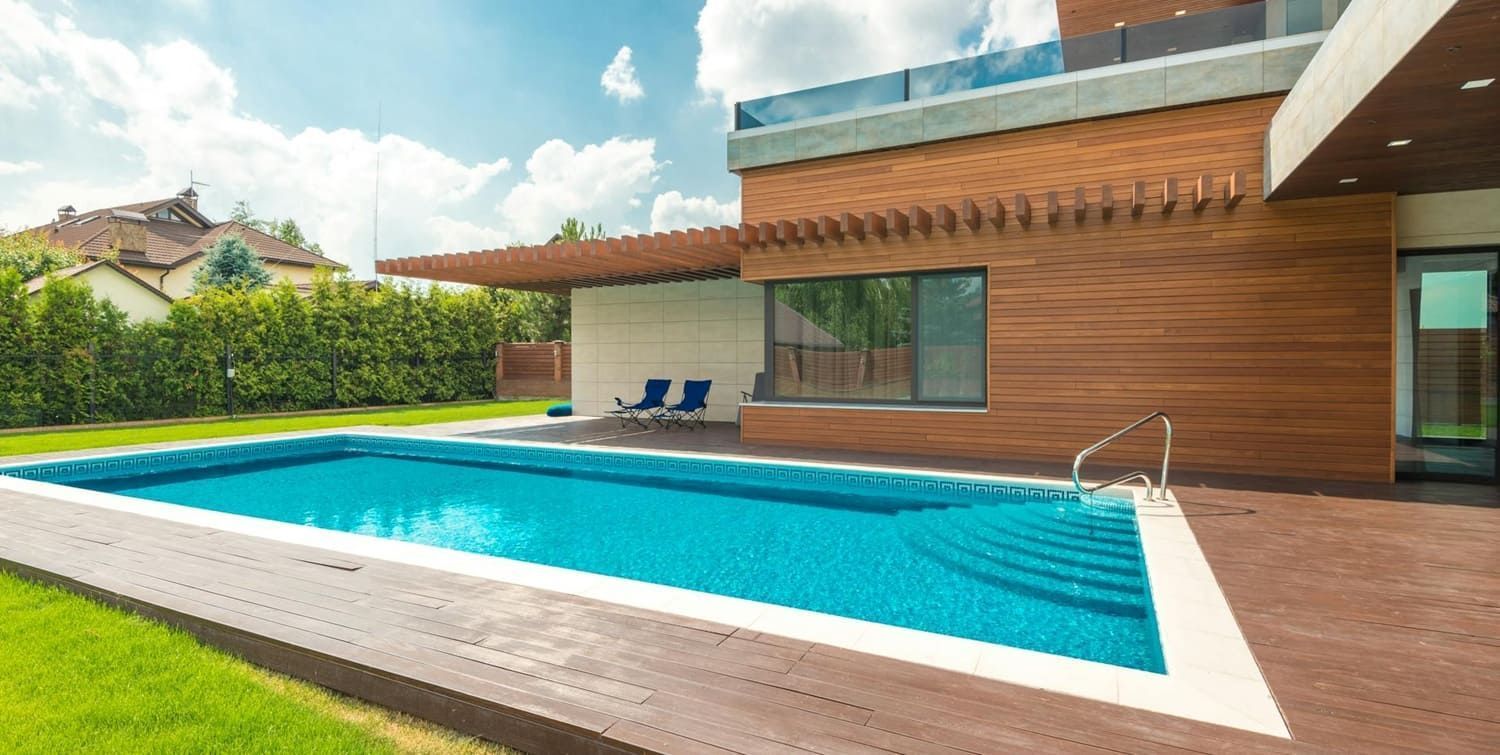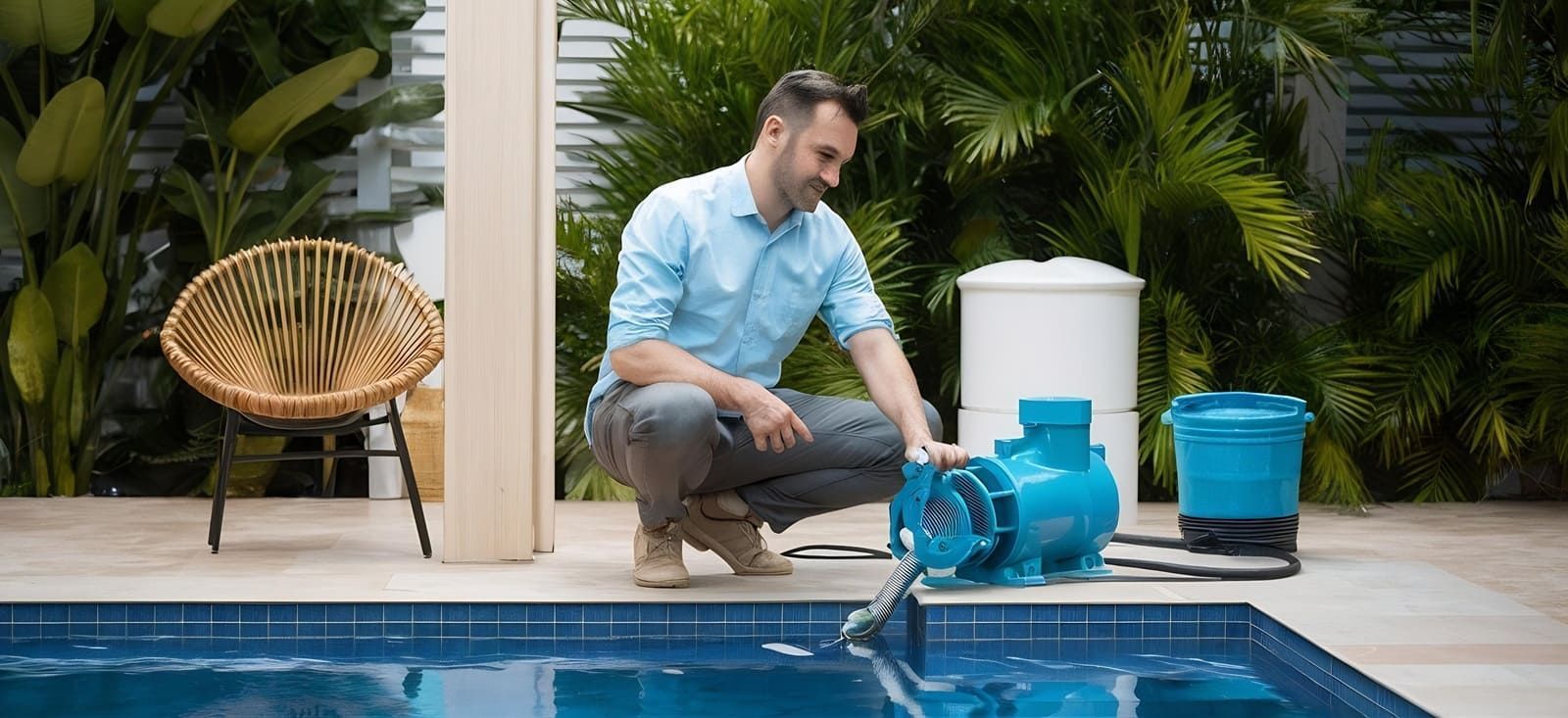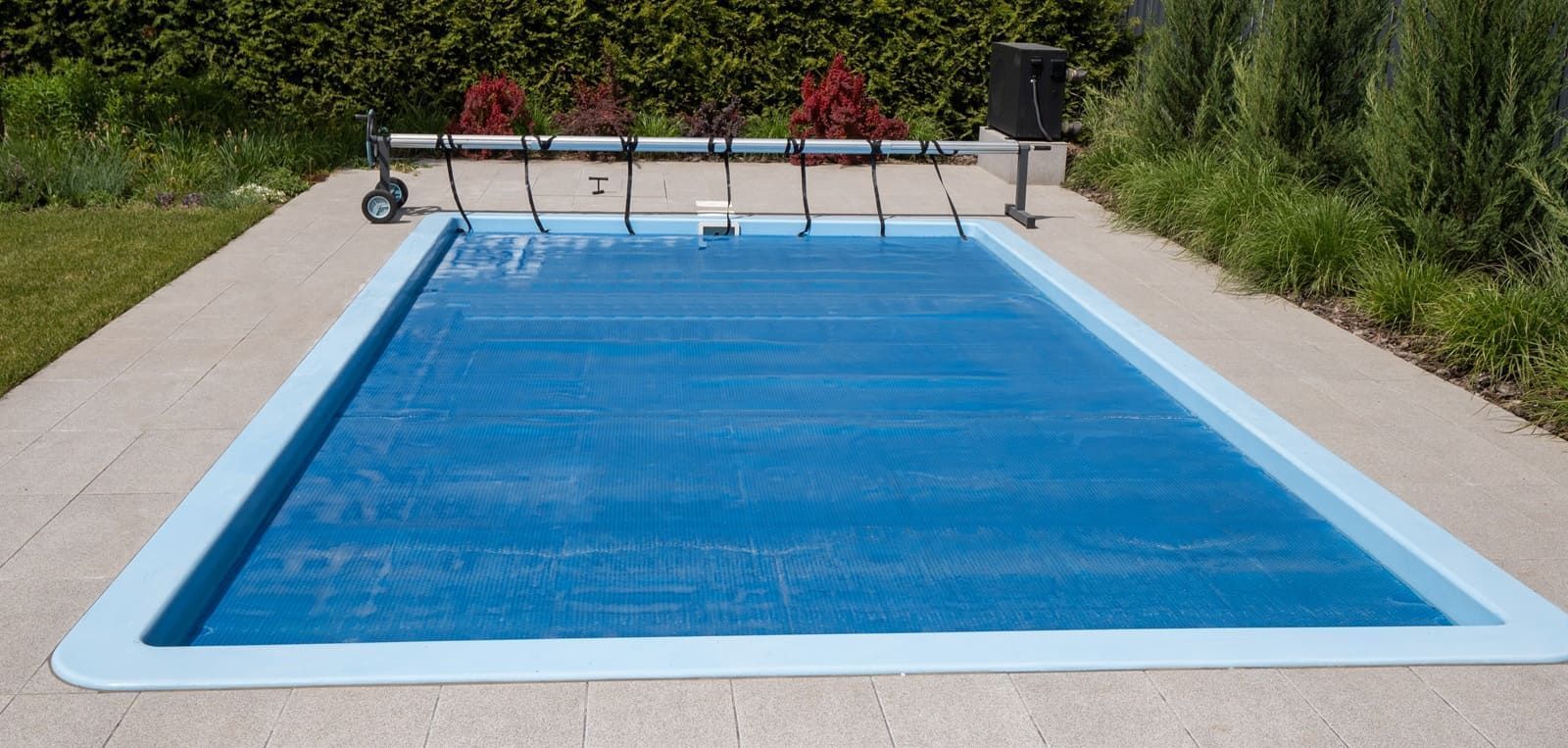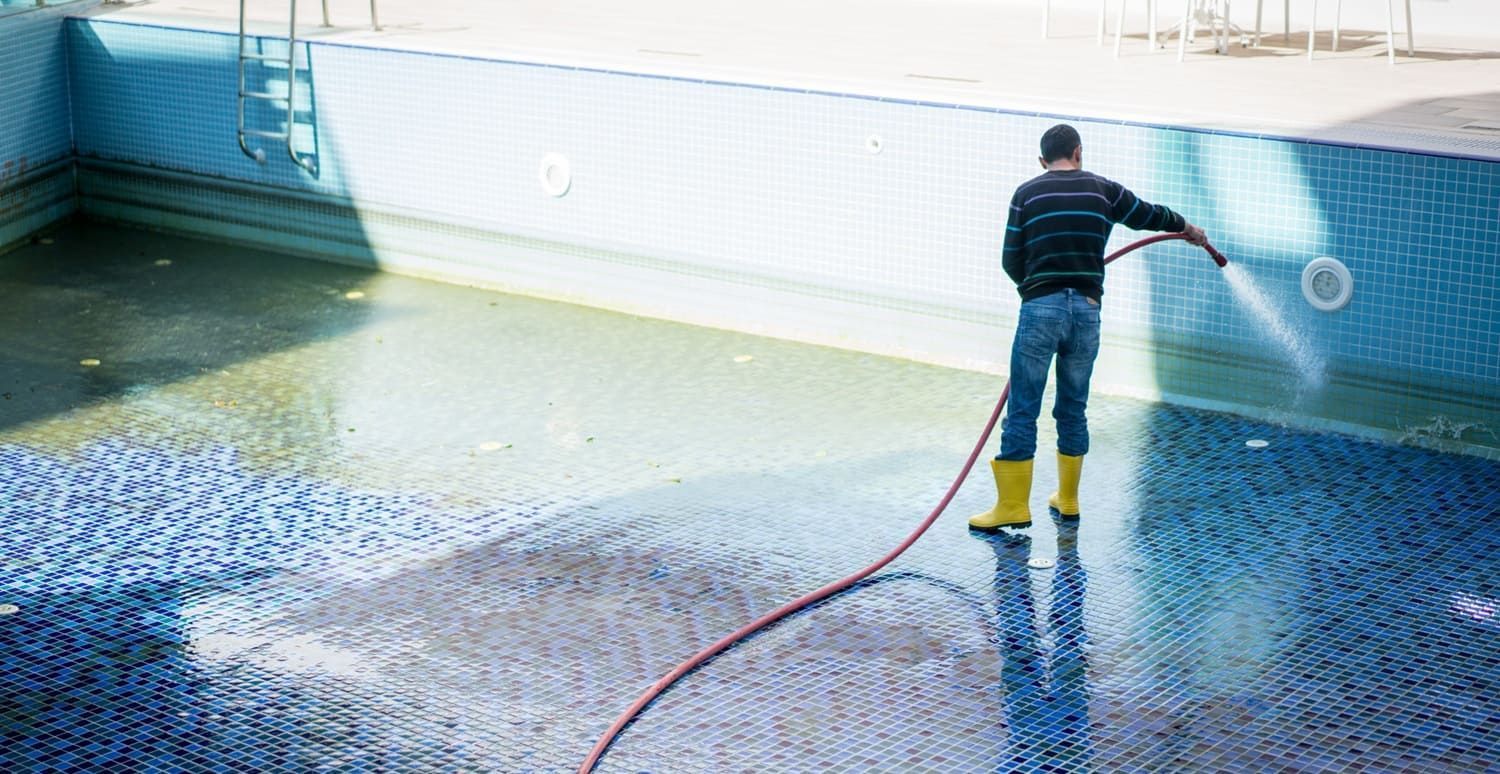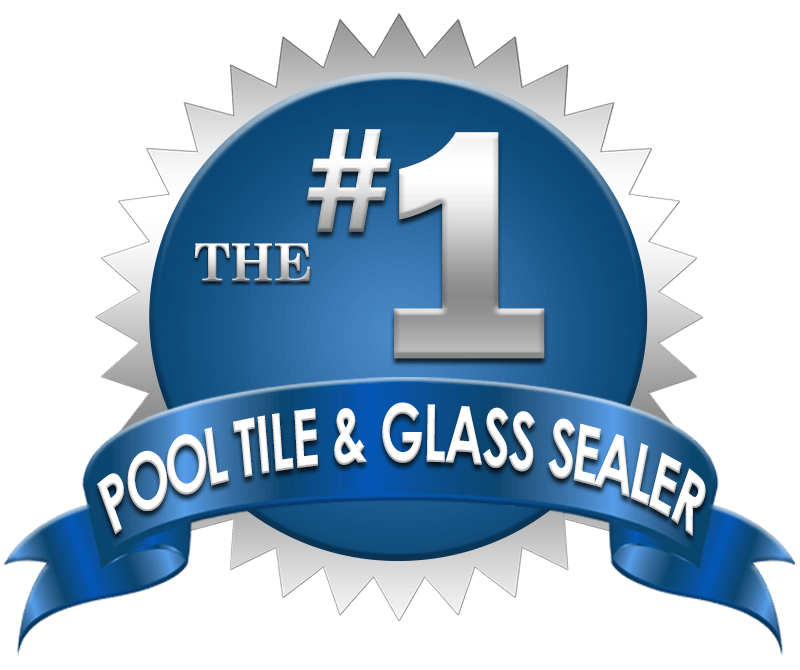Top Pool Cleaner Options: Keeping Your Pool Crystal Clear Year-Round
Pool cleaners are essential tools for maintaining a clean and healthy swimming environment. They come in various types, each with its own set of features and benefits. Understanding these options will help you make an informed decision. With advancements in technology, pool cleaners have evolved significantly, offering a range of solutions to suit different pool types and cleaning requirements. Whether you are a new pool owner or looking to upgrade your current cleaning system, knowing the options available can save you time and effort in pool maintenance.
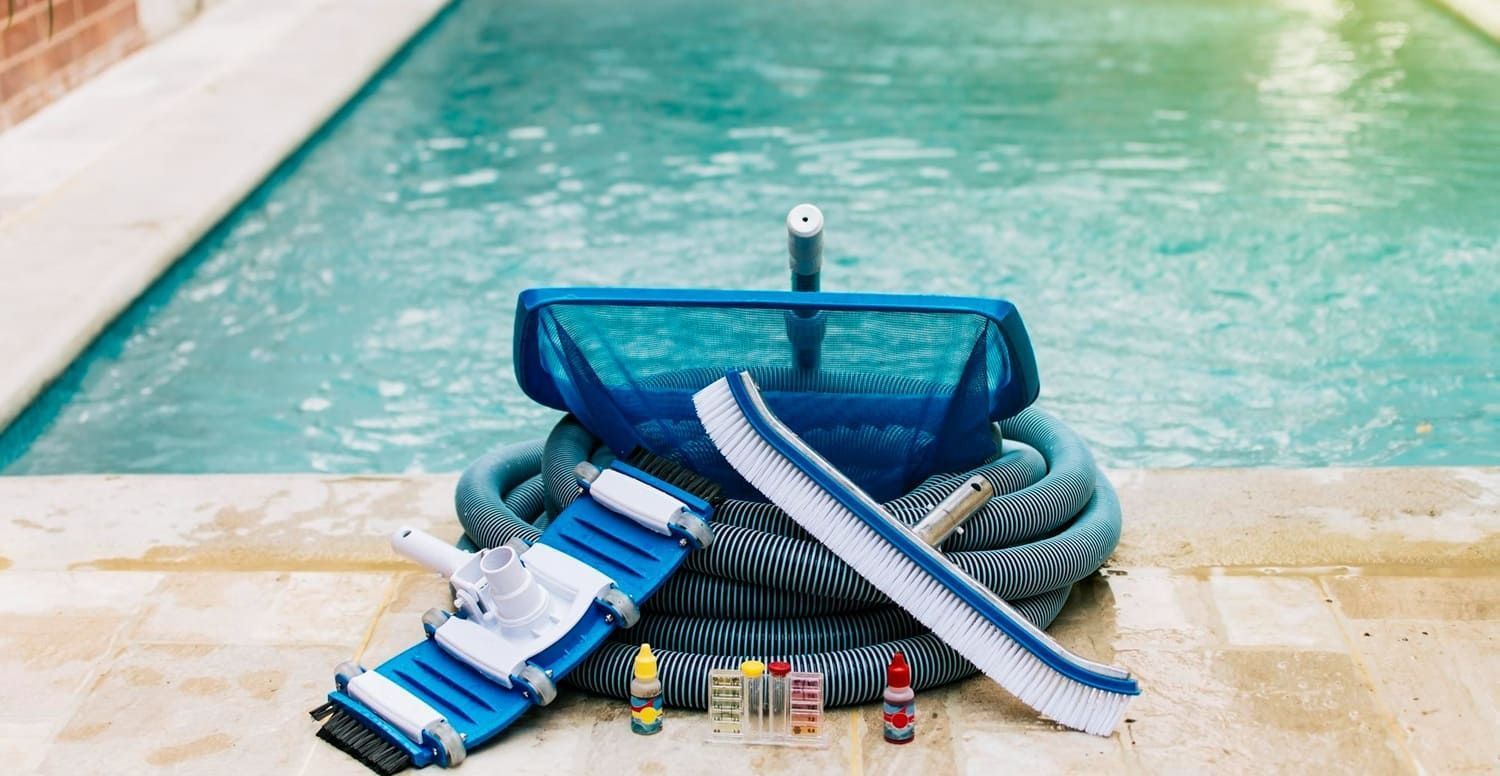
Manual Pool Cleaners
Manual pool cleaners are the most basic type. They require physical effort as you need to manually operate them to clean the pool. While they are cost-effective, they are not the most efficient option for those who wish to minimize maintenance time. These cleaners are ideal for small pools or for those who enjoy the hands-on approach to pool care. However, the time and energy required can be a drawback, especially for larger pools or pools that collect a significant amount of debris.
Despite their simplicity, manual pool cleaners can be a reliable choice for budget-conscious pool owners. They offer a level of control that automatic cleaners might lack, allowing you to target specific areas that need attention. Additionally, manual cleaners are typically easy to store and maintain, making them a practical option for those who prefer a more traditional approach to
pool maintenance.
Automatic Pool Cleaners
Automatic pool cleaners are a step up from manual cleaners. They operate independently, allowing you to relax while they do the work. These cleaners are suitable for routine maintenance and can handle regular debris like leaves and dirt. With their ability to cover more ground with less effort, automatic cleaners are a popular choice among pool owners looking to reduce the time spent on pool upkeep.There are three main types of automatic pool cleaners:
- Suction-Side Cleaners: These cleaners connect to the pool's filtration system and use the suction power to collect debris. They're effective for small to medium-sized pools and are relatively affordable. Suction-side cleaners are ideal for pools that accumulate fine particles and work well with existing pool systems without requiring additional equipment.
- Pressure-Side Cleaners: Powered by water pressure from the pool pump, these cleaners are great for picking up larger debris. They often have their own filter bags, reducing the load on your pool's filter system. Pressure-side cleaners are well-suited for pools that gather larger debris like twigs or acorns and can operate independently from the main filtration system.
- Robotic Pool Cleaners: These are the most advanced type of automatic cleaners. They are self-contained units that run on electricity and have their own filtration systems. Robotic cleaners offer the highest efficiency and are perfect for thorough cleaning. With features like programmable cleaning cycles and advanced navigation systems, robotic cleaners provide a comprehensive solution for pool maintenance.
Benefits of Robotic Pool Cleaners
Robotic pool cleaners are becoming increasingly popular due to their efficiency and ease of use. Here are some reasons why you might consider investing in a robotic pool cleaner:
Energy Efficiency
Robotic pool cleaners are designed to be energy-efficient. They use low-voltage electricity and have built-in programs to optimize cleaning paths, reducing energy consumption compared to traditional pump-driven cleaners. This energy efficiency translates to cost savings in the long run, as robotic cleaners require less power to operate effectively. Moreover, their self-contained systems mean they don't rely on your pool's pump, further conserving energy.
The ability to program cleaning schedules allows robotic cleaners to operate during off-peak energy hours, contributing to even more savings on energy bills. As energy costs continue to rise, investing in an energy-efficient cleaning solution becomes an attractive option for pool owners looking to manage their expenses without compromising on cleanliness.
Superior Cleaning Performance
Robotic cleaners can scrub, vacuum, and filter your pool simultaneously. They can navigate the entire pool, including walls and waterlines, ensuring no spot is missed. Their advanced filtration systems can capture even the smallest particles, keeping your pool water crystal clear. The precision and thoroughness with which robotic cleaners operate set them apart from other cleaning options.
Many models come equipped with smart technology that allows them to map out the pool's layout and optimize their cleaning routes. This ensures that every inch of the pool is covered, and no debris is left behind. The result is a consistently
clean pool, ready for use whenever you are.
User-Friendly Operation
Most robotic cleaners are plug-and-play, requiring minimal setup. You simply place them in the pool, and they start cleaning. Many models come with remote controls or smartphone apps for added convenience. This user-friendly design means you can start cleaning your pool with just the push of a button, making pool maintenance less of a chore.
The convenience of remote operation or mobile app control allows you to schedule cleanings and monitor the cleaner's progress from anywhere. This means you can ensure your pool is in top condition even when you're not at home, providing peace of mind and saving valuable time.
Reduced Maintenance
Since robotic cleaners have their own filtration systems, they don't rely on your pool's filter. This reduces wear and tear on your pool's equipment and minimizes maintenance tasks. By taking on much of the heavy lifting, robotic cleaners help extend the life of your pool's existing filtration system and reduce the frequency of necessary maintenance.
The ease of cleaning and maintaining robotic cleaners themselves also contributes to their appeal. Many models feature easy-to-remove filter cartridges or bags, making post-cleaning maintenance quick and straightforward. This simplicity in upkeep ensures that your robotic cleaner remains efficient and ready for use at all times.
Top Robotic Pool Cleaner Options
When choosing a robotic pool cleaner, it's essential to consider factors such as pool size, shape, and specific cleaning needs. Here are some top options available on the market:
Dolphin Nautilus CC Plus
The Dolphin Nautilus CC Plus is a popular choice among pool owners. It's suitable for in-ground pools up to 50 feet in length. With dual scrubbing brushes and an advanced filtration system, it delivers excellent cleaning performance. The Nautilus CC Plus is known for its reliability and ease of use, making it a favorite among those seeking a hassle-free cleaning experience.
Its lightweight design and energy-efficient operation make it a smart choice for those looking for a balance between performance and cost-effectiveness. The intuitive interface and straightforward setup process ensure that pool owners can enjoy the benefits of a
clean pool without the hassle of complex installation.
Polaris F9550 Sport
The Polaris F9550 Sport is a high-performance robotic cleaner with a four-wheel-drive system, allowing it to easily navigate any pool terrain. It features a large debris canister and includes a handheld remote for easy control. The F9550 Sport stands out for its ability to tackle challenging pool environments, making it a versatile choice for a wide range of pool types.
With its advanced motion-sensing remote and customizable cleaning modes, the Polaris F9550 Sport offers a tailored cleaning experience. Its robust construction and reliable performance make it a solid investment for pool owners looking for a durable and efficient cleaning solution.
Hayward TigerShark
The Hayward TigerShark is known for its robust build and efficient cleaning. It has a powerful motor and a patented filter cartridge system. This cleaner is ideal for pools of various shapes and sizes. The TigerShark's reputation for durability and effectiveness makes it a trusted choice for those seeking a reliable cleaning solution.
Its efficient cleaning cycle and user-friendly features ensure that pool owners can enjoy a hassle-free maintenance routine. The combination of advanced technology and reliable performance makes the Hayward TigerShark a standout option in the market.

Choosing the Right Pool Cleaner
Selecting the best pool cleaner depends on your specific needs and budget. Here are a few factors to consider when making your decision:
- Pool Size and Shape: Ensure the cleaner you choose is suitable for your pool's dimensions and layout. A cleaner that matches your pool's size and shape will operate more efficiently and effectively, providing a thorough clean with each use.
- Type of Debris: Consider the types of debris your pool typically accumulates. Some cleaners are better at handling leaves, while others excel at capturing fine particles. Understanding the specific cleaning challenges your pool presents will help you select a cleaner that meets those needs.
- Budget: Determine your budget beforehand. Robotic cleaners can be more expensive upfront, but their efficiency and low maintenance costs can offer long-term savings. Balancing initial costs with potential savings over time will help you make a financially sound decision.
- Ease of Use: Look for user-friendly features such as remote controls, programmable cleaning schedules, and easy-to-clean filters. A cleaner that is simple to operate and maintain will save you time and effort in the long run.
- Energy Efficiency: Check the energy consumption of the cleaner, especially if you plan to run it frequently. An energy-efficient cleaner will help reduce operating costs and minimize environmental impact, providing a sustainable solution for pool maintenance.
Conclusion
Maintaining a clean pool doesn't have to be a chore. At LayorCare Pool & Patio Protection , we offer the best pool cleaning products designed to make pool maintenance effortless and effective. With the right pool cleaner, you can enjoy a sparkling swimming environment year-round with minimal effort.
Whether you choose an automatic or robotic pool cleaner, understanding your pool's specific needs and the features of each cleaner will guide you to the best choice. So, dive into a pristine pool and let advanced cleaning technology do the hard work for you.
Invest wisely in a high-quality pool cleaner from LayorCare, and you'll enjoy a beautiful, ready-to-swim pool whenever you like. A well-chosen cleaner not only improves your swimming experience but also helps maintain your pool's condition—adding value to your property.
Contact us if you need any help selecting the right product—we're here to help you keep your pool looking its best.
Happy swimming!
FAQs About Pool Cleaners
What are the different types of pool cleaners?
There are three main types of pool cleaners: manual, automatic, and robotic. Manual cleaners require physical effort and are budget-friendly but time-consuming. Automatic cleaners include suction-side cleaners that connect to your filtration system, pressure-side cleaners powered by water pressure, and robotic cleaners that are self-contained with their own filtration. Robotic cleaners are the most advanced, offering superior cleaning with programmable cycles and smart navigation. Choose based on your pool size, budget, and desired maintenance level. LayorCare Pool & Patio Protection offers quality options for all cleaner types.
What is the best type of pool cleaner?
Robotic pool cleaners are the best overall choice for efficiency, performance, and convenience. They clean floors, walls, and waterlines thoroughly with advanced filtration capturing even tiny particles. Robotic cleaners are energy-efficient, using low-voltage electricity and operating independently from your pool's pump. They feature programmable schedules, remote controls, and smartphone apps for easy operation. While more expensive upfront at 800-$2,500, they save money long-term through reduced energy costs and minimal maintenance. For budget-conscious owners, suction-side cleaners offer good value for smaller pools at200-$500.
How do robotic pool cleaners work?
Robotic pool cleaners are self-contained units powered by low-voltage electricity with their own motors and filtration systems. They use advanced sensors and navigation technology to map your pool and optimize cleaning paths. The cleaner scrubs surfaces with rotating brushes while simultaneously vacuuming debris into an onboard filter bag or cartridge. Smart models can climb walls, clean waterlines, and avoid obstacles automatically. Most operate on programmable cycles of 2-3 hours and can be controlled via remote or smartphone app. They work independently from your pool's pump and filter, reducing strain on existing equipment.
Are robotic pool cleaners worth the money?
Yes, robotic pool cleaners are worth the investment for most pool owners. They provide superior cleaning performance, covering floors, walls, and waterlines thoroughly. Their energy efficiency saves money on electricity compared to pump-driven cleaners. Independent operation reduces wear on your pool's filtration system, extending equipment life. Time savings are significant as they work autonomously with minimal supervision. While initial costs range 800-$2,500, long-term savings on energy, chemicals, and maintenance make them cost-effective. For busy pool owners prioritizing convenience and crystal-clear water, robotic cleaners deliver excellent value and performance.
What is the difference between suction and pressure side pool cleaners?
Suction-side cleaners connect to your pool's skimmer or dedicated suction line, using the filtration system's suction to collect debris. They're affordable at200-$500, ideal for small to medium pools, and effective for fine particles. However, they strain your pool's filter and pump. Pressure-side cleaners use water pressure from return jets or booster pumps to move and collect debris in their own filter bags. They cost 400-$800, handle larger debris better, and reduce filter load. Pressure-side cleaners require stronger pumps or additional booster pumps. Choose suction for budget and fine debris, pressure for larger debris and filter protection.
How long do pool cleaners last?
Pool cleaner lifespan varies by type and maintenance. Manual cleaners last 5-10 years with proper care as they have fewer moving parts. Suction-side cleaners typically last 3-5 years depending on usage and pool conditions. Pressure-side cleaners last 5-7 years with regular maintenance and part replacements. Robotic pool cleaners last 5-8 years with quality models and proper care. Factors affecting longevity include usage frequency, water chemistry, debris levels, and maintenance practices. Regular cleaning of filters, proper storage, and prompt repairs extend lifespan significantly. Investing in quality cleaners from LayorCare ensures better durability and performance.
Do pool cleaners use a lot of electricity?
Robotic pool cleaners are energy-efficient, using only 100-200 watts per cleaning cycle, costing approximately $0.10-$0.30 per session. This is significantly less than running your pool pump for hours to power suction or pressure cleaners. Suction and pressure-side cleaners rely on your main pump, which uses 1,000-2,500 watts, costing1-$3 per hour. Running pumps 8-12 hours daily for these cleaners increases electricity costs substantially. Robotic cleaners operate independently, allowing you to reduce overall pump runtime. Their programmable schedules enable off-peak operation for additional savings. Energy-efficient robotic cleaners pay for themselves through reduced electricity costs.
Can pool cleaners climb walls?
Yes, most mid-range and premium robotic pool cleaners can climb walls and clean waterlines. They use powerful suction, tracks, or wheels to grip vertical surfaces while scrubbing and vacuuming. Wall-climbing capability ensures comprehensive cleaning of entire pool surfaces, not just floors. Entry-level robotic cleaners and most suction or pressure-side cleaners typically clean floors only. When purchasing, verify wall-climbing specifications if this feature is important. Models like Dolphin Nautilus CC Plus, Polaris F9550 Sport, and Hayward TigerShark offer excellent wall-climbing performance. Wall-climbing cleaners cost more but provide superior algae prevention and thorough cleaning.
How often should I run my pool cleaner?
Run your pool cleaner 2-3 times weekly during swimming season for optimal results. Heavily used pools or those with lots of debris may need daily cleaning. Lightly used pools can run once or twice weekly. Most robotic cleaners complete cycles in 2-3 hours. Program cleaners to run during off-peak electricity hours for energy savings. Adjust frequency based on debris levels, weather conditions, and pool usage. During off-season, reduce to once weekly or as needed. Consistent cleaning prevents buildup, maintains water clarity, and reduces chemical needs. Regular cleaning schedules keep your pool inviting and minimize overall maintenance time.
What size pool cleaner do I need?
Choose a pool cleaner rated for your pool's size and shape. Small pools under 20 feet work with basic suction-side or entry-level robotic cleaners. Medium pools 20-40 feet need mid-range robotic or pressure-side cleaners with adequate cable length and coverage. Large pools over 40 feet require premium robotic cleaners with extended cables and powerful motors. Consider pool depth as some cleaners have depth limitations. Irregular shapes need cleaners with advanced navigation. Above-ground pools require specifically designed lightweight cleaners. Always verify manufacturer specifications match your pool dimensions. Properly sized cleaners operate efficiently and provide thorough coverage without strain.
Do I still need to brush my pool if I have an automatic cleaner?
Yes, occasional manual brushing is still beneficial even with automatic cleaners. Brushing helps dislodge stubborn algae, calcium deposits, and debris from corners, steps, and tight spots that cleaners might miss. Brush pool surfaces weekly or bi-weekly to prevent buildup and enhance cleaner effectiveness. Focus on areas with poor circulation, shaded spots, and waterlines. Robotic cleaners with scrubbing brushes reduce brushing frequency significantly but don't eliminate it entirely. Regular brushing combined with automatic cleaning ensures comprehensive pool maintenance and prevents long-term surface issues. This combination approach delivers the best water quality and surface condition.
Can I leave my robotic pool cleaner in the pool?
No, remove robotic pool cleaners after each use and store them properly. Leaving cleaners in the pool continuously degrades components from constant chemical exposure and UV damage. Prolonged submersion can damage motors, seals, and electronic parts, voiding warranties. After cleaning, remove the unit, empty the filter, rinse with fresh water, and store in a cool, dry, shaded area. This practice extends cleaner lifespan significantly and maintains optimal performance. Some manufacturers allow brief periods in the pool between cleanings, but always check your specific model's guidelines. Proper storage protects your investment and ensures reliable operation.
What maintenance do pool cleaners require?
Pool cleaner maintenance varies by type. For robotic cleaners, empty and rinse filter bags or cartridges after each use, inspect brushes monthly for wear, check wheels and tracks for debris, and rinse exterior with fresh water. Store in dry, shaded areas. For suction-side cleaners, check hoses for cracks, clean debris bags regularly, and inspect moving parts. Pressure-side cleaners need filter bag cleaning, wheel inspection, and occasional part replacements. All cleaners benefit from annual professional servicing. Proper maintenance takes minutes per use but extends equipment life by years and ensures consistent cleaning performance.
How do I choose between manual and automatic pool cleaners?
Choose manual cleaners if you have a small pool, tight budget, enjoy hands-on maintenance, or need targeted spot cleaning. Manual cleaners cost 50-$200 and offer complete control but require time and effort. Choose automatic cleaners for larger pools, busy schedules, or desire for convenience. Automatic cleaners cost200-$2,500 depending on type but save significant time and provide consistent results. Consider pool size, debris levels, budget, and available maintenance time. Many pool owners use both, with automatic cleaners for routine maintenance and manual tools for spot cleaning. LayorCare offers quality options for both approaches.
What features should I look for in a pool cleaner?
Essential features include appropriate size rating for your pool, wall-climbing capability for comprehensive cleaning, programmable schedules for convenience, and easy-to-clean filters for simple maintenance. Look for energy-efficient motors to reduce operating costs, durable construction for longevity, and good warranty coverage for protection. Advanced features include smartphone app control, remote operation, smart navigation with mapping technology, and multiple cleaning modes. Consider debris handling capacity, cable length for larger pools, and compatibility with your pool surface type. Quality brands like those available through LayorCare offer reliable features and performance for various budgets and needs.
Recent Posts
